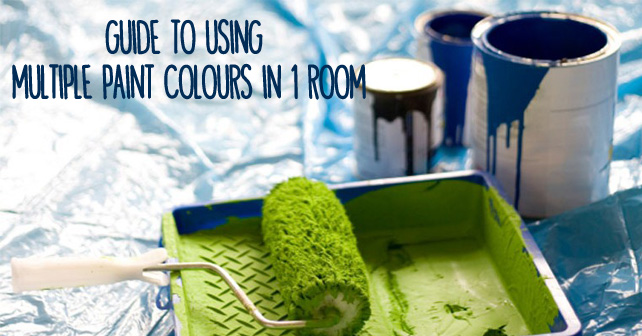
There are several reasons to use more than one paint colour in a room. Paint can accentuate an interesting architectural detail or de-emphasize a room’s awkward shape. Coordinating 3 colours in one room takes some planning, but doing so can result in a space that looks fresh and updated.
Here are the 4 steps to coordinating 3 colours:
- Select all three colours from the “warm” or “cool” palette of the colour wheel for foolproof coordination. Warm colours include all shades of red, orange and yellow and cool colours are violets, greens and blues. Using three shades of the same colour makes colour coordination even easier. For instance, an icy blue, light blue and turquoise blue could exist in the same room harmoniously.
- Apply the lightest of the three paint colors to the ceiling. Painting a ceiling in a light colour will expand the space visually and reflect more light into the room.
- Paint an accent wall in the darkest of the three colors. Choose a wall as your accent wall that has no doors or windows to break it up. Think of it as the wall behind the room’s focal point, such as the wall behind a fireplace. You can draw attention away from a long, narrow room’s proportions by painting one of the short walls in the accent colour. If possible, choose the wall farthest from the room’s entrance for best results.
- Cover the remaining walls in the medium-toned paint.












829 Responses to “Guide to Using Multiple Paint Colours in 1 Room”